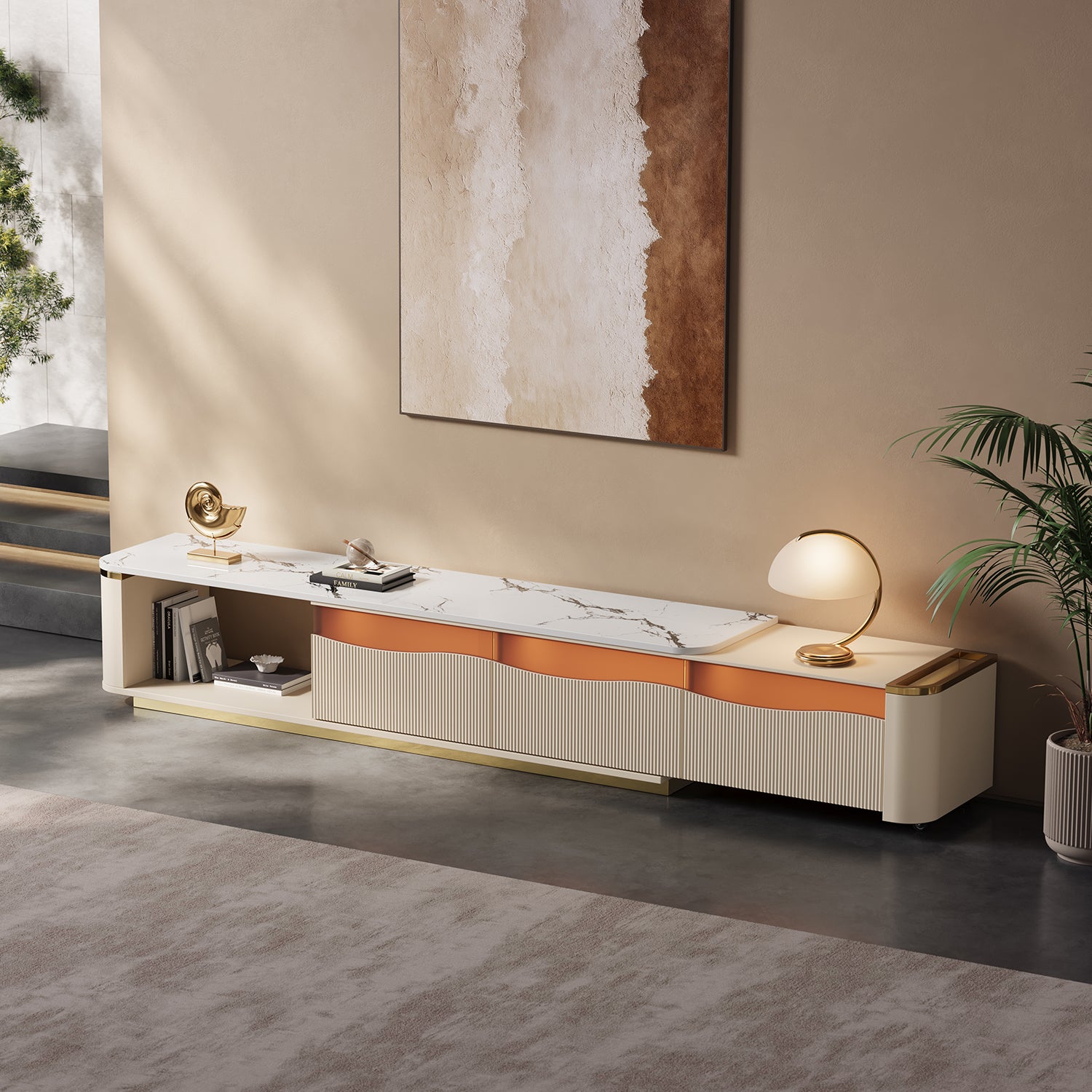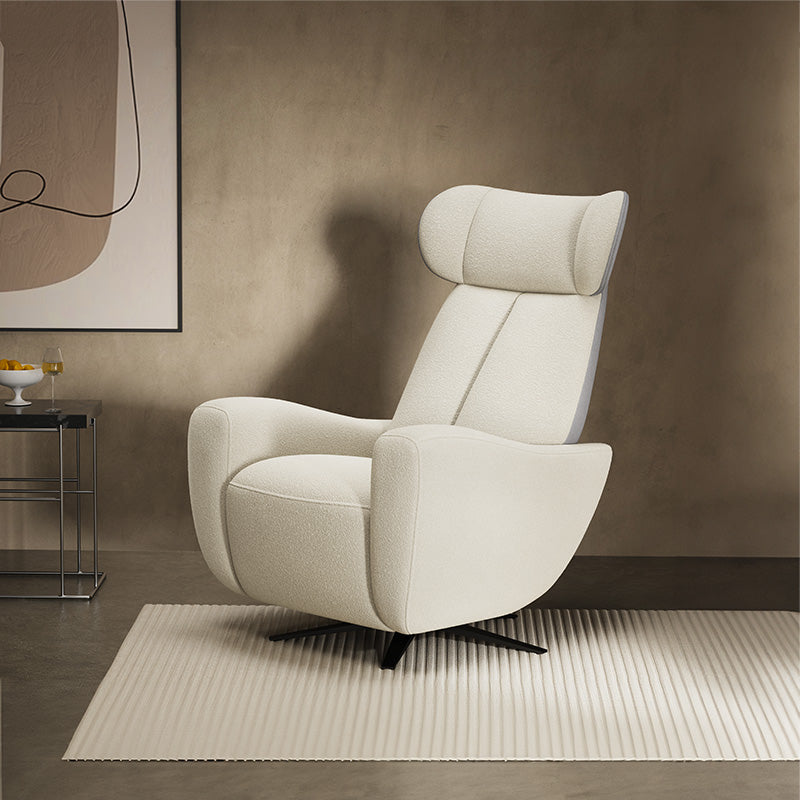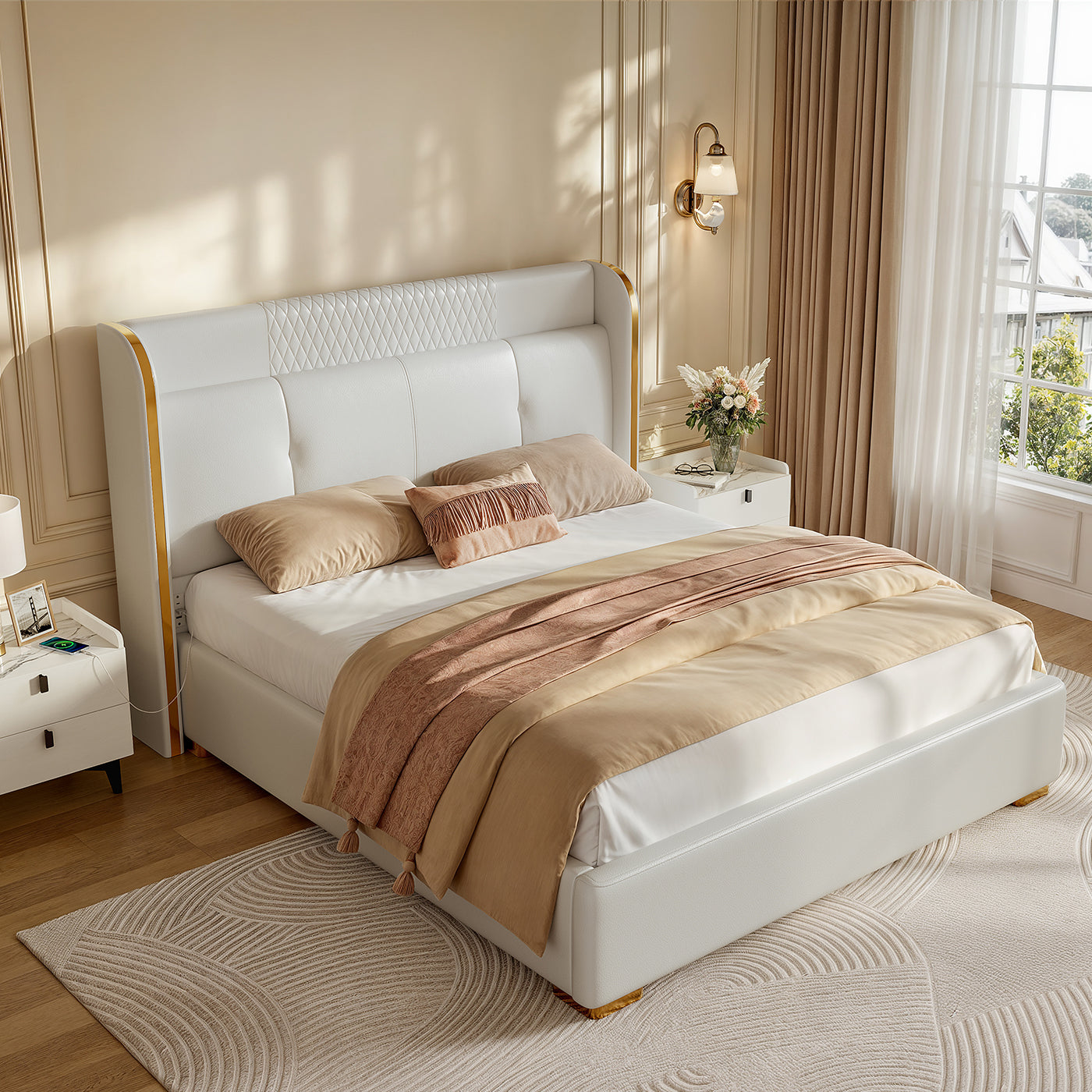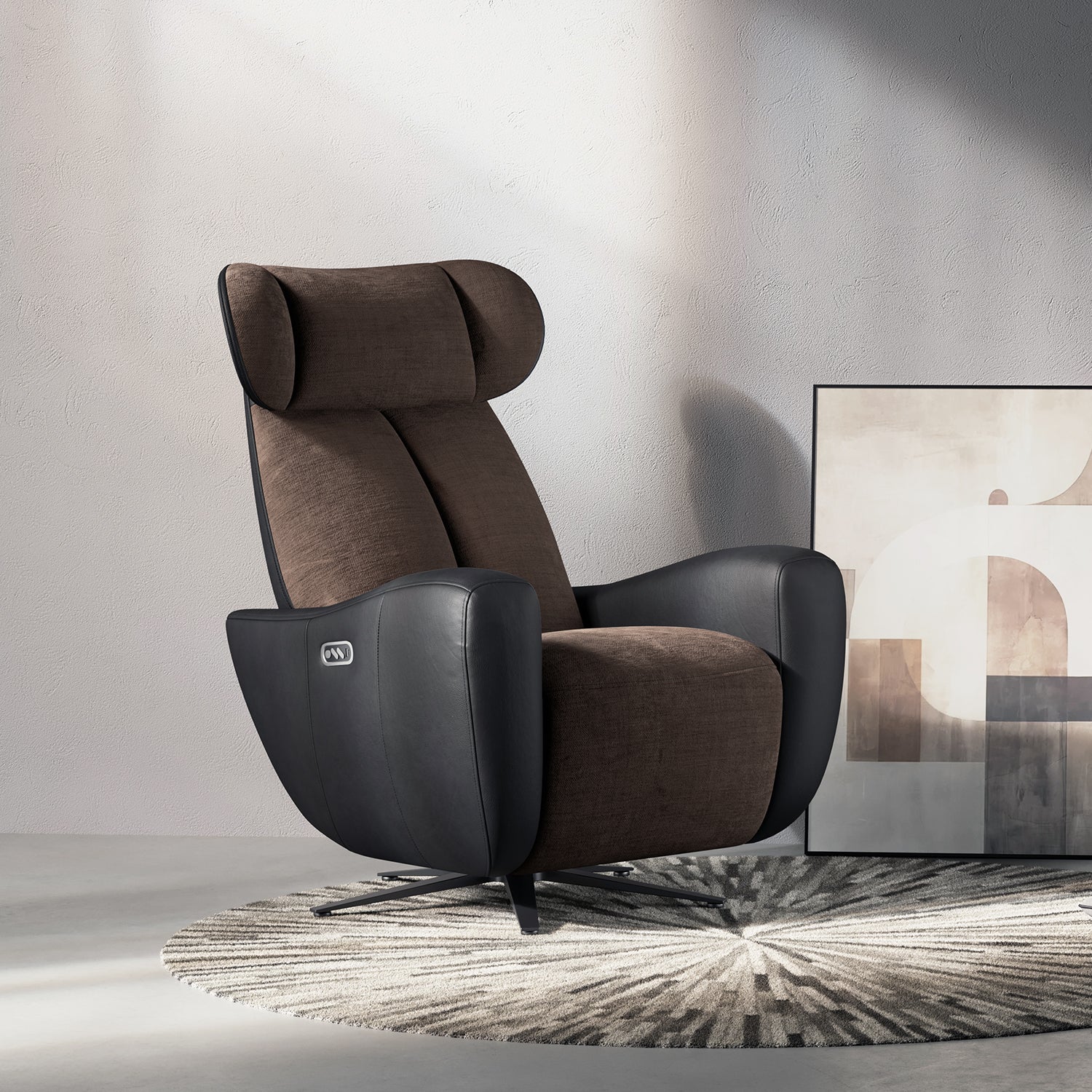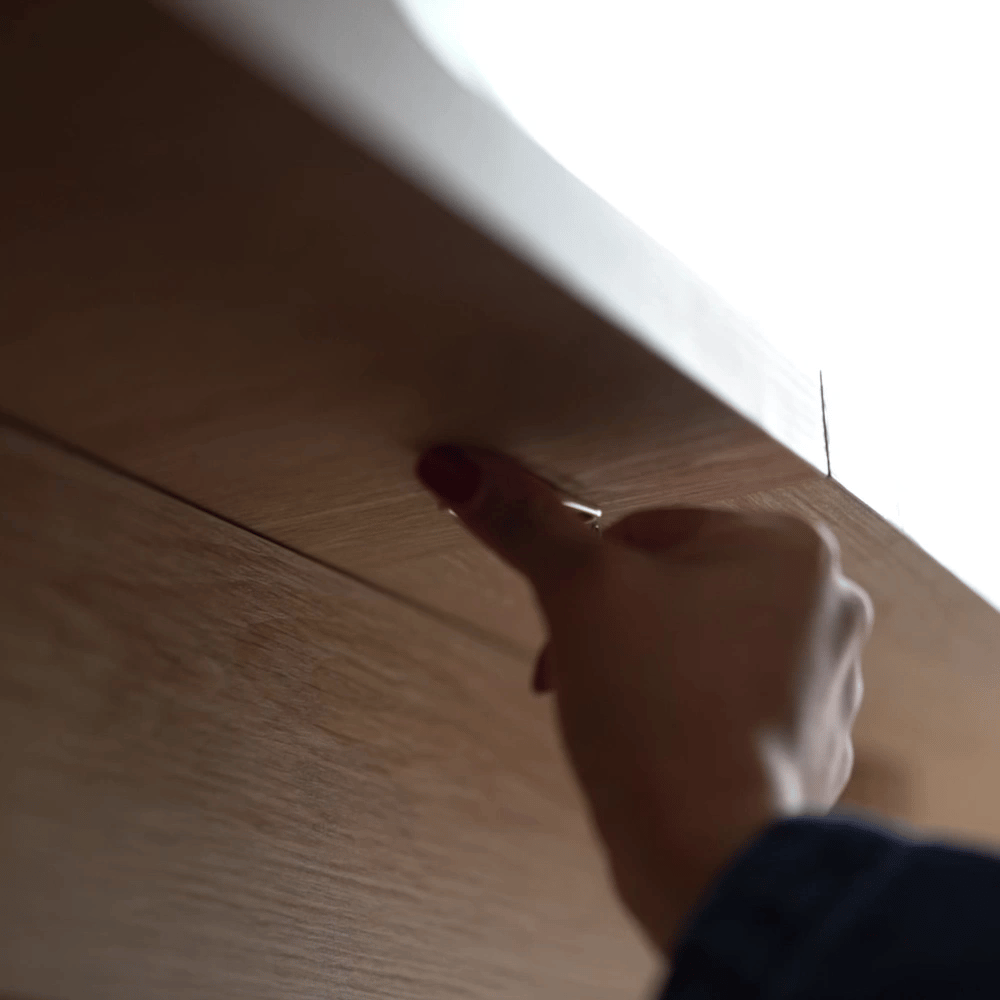Reupholstering a sofa can transform an old, worn-out piece of furniture into something fresh and stylish, giving it a new lease on life. It's a rewarding project that can save you money compared to buying a new sofa and offers the opportunity to customize it to fit your décor. Although the task may seem daunting at first, with the right tools, patience, and some basic DIY skills, anyone can tackle it. In this guide, we'll walk you through the steps to successfully reupholster your sofa.
Table of Content
Materials and Tools You Will Need
Before you begin, gather the following materials and tools:
New upholstery fabric (amount will depend on the size of your sofa)
A staple gun with staples
A pair of sharp fabric scissors
Flathead screwdriver or staple remover
Needle-nose pliers
Measuring tape
Foam or batting (optional, if you want to add extra padding)
Upholstery tacks or trim (optional, for decorative finishes)
Sewing machine (optional, for sewing cushions or seams)

Step 1: Remove the Old Upholstery
The first step in reupholstering your sofa is to carefully remove the existing fabric. Flip the sofa over and locate where the fabric is attached. Typically, it's secured with staples or tacks. Use a flathead screwdriver or staple remover to gently pry these staples loose. As you remove the fabric, pay close attention to how the pieces were originally fitted to the sofa—this will be helpful later when you apply the new fabric.
Be sure to take care of any zippers, buttons, or other fastenings that might be part of the old upholstery. It’s also a good idea to label the fabric pieces as you take them off, noting where they were located on the sofa. This way, you can use them as a template for cutting the new fabric.
Step 2: Assess the Padding and Frame
Once the old fabric is removed, assess the condition of the sofa's frame and padding. If the foam or batting is worn out or sagging, now is the time to replace or add new padding. High-density foam or batting can be purchased from upholstery stores or craft stores.
Check the frame for any damage as well. Tighten any loose screws or joints and repair any cracks or structural issues. A sturdy frame is essStep 2: Assess the Padding and Frame
ential for the longevity of your reupholstered sofa.
Step 3: Measure and Cut the New Fabric
Using the pieces of the old fabric as a guide, measure and cut the new upholstery fabric. Make sure to add a few extra inches around each piece to allow for adjustments and to ensure there's enough material to staple onto the frame. If your sofa has intricate curves or angles, be especially careful with your measurements to avoid cutting too little fabric.
If you're adding new cushions or sewing seams, now is the time to use a sewing machine to piece together any necessary parts before attaching them to the sofa.

Step 4: Attach the New Fabric
Once your fabric is cut, begin attaching it to the sofa frame, starting with the largest pieces first (usually the back or sides). Use a staple gun to secure the fabric, pulling it taut as you go to ensure a smooth, wrinkle-free appearance. Start in the middle of each section and work your way out to the edges, stapling every few inches. Make sure to pull the fabric tightly to avoid sagging or puckering.
For corners and curved areas, fold the fabric neatly and staple it securely in place. You may need to make small cuts or pleats in the fabric to get it to lay flat around rounded areas.
Step 5: Reupholster the Cushions
If your sofa has removable cushions, reupholstering them is a separate step. You can either sew new cushion covers using the same fabric, or you can use zippers or Velcro for easy removal and washing. Make sure to measure the cushions carefully before cutting the fabric and ensure a snug but not overly tight fit.
Step 6: Add Decorative Elements (Optional)
If you'd like to add some extra flair to your reupholstered sofa, consider adding decorative elements like upholstery tacks, trim, or piping. These details can give your sofa a polished, professional look and can be applied once the fabric is securely in place.
Step 7: Final Touches
Once all the fabric is attached and the cushions are covered, give your sofa a final check. Make sure all fabric is tightly secured, and trim any excess fabric or loose threads. If the fabric looks wrinkled in places, gently pull it tighter and add additional staples if needed.
Tips for Success
Choose durable fabric: Sofas endure a lot of wear and tear, so make sure to select a sturdy upholstery fabric that can handle daily use. Fabrics like twill, linen, and microfiber are popular choices for their durability and ease of cleaning.
Work in sections: Breaking the reupholstery process down into smaller sections can make the task feel less overwhelming.
Take your time: Reupholstering a sofa is a time-consuming project, so don’t rush through it. Giving yourself plenty of time will help ensure a professional-looking result.
Consider professional help for complex sofas: If your sofa has intricate detailing, tufting, or curves that are difficult to manage, you may want to consider hiring a professional for those more challenging aspects.
Conclusion
Reupholstering a sofa is a fantastic way to breathe new life into a beloved piece of furniture, offering both a sense of accomplishment and the ability to customize it to your style. While it does take time and effort, the end result is often well worth it. By following these steps and taking care during each part of the process, you can transform an old sofa into a beautiful, functional piece that feels brand new.
If you want to buy our home furniture or couch for living room, you can check out more on our store


